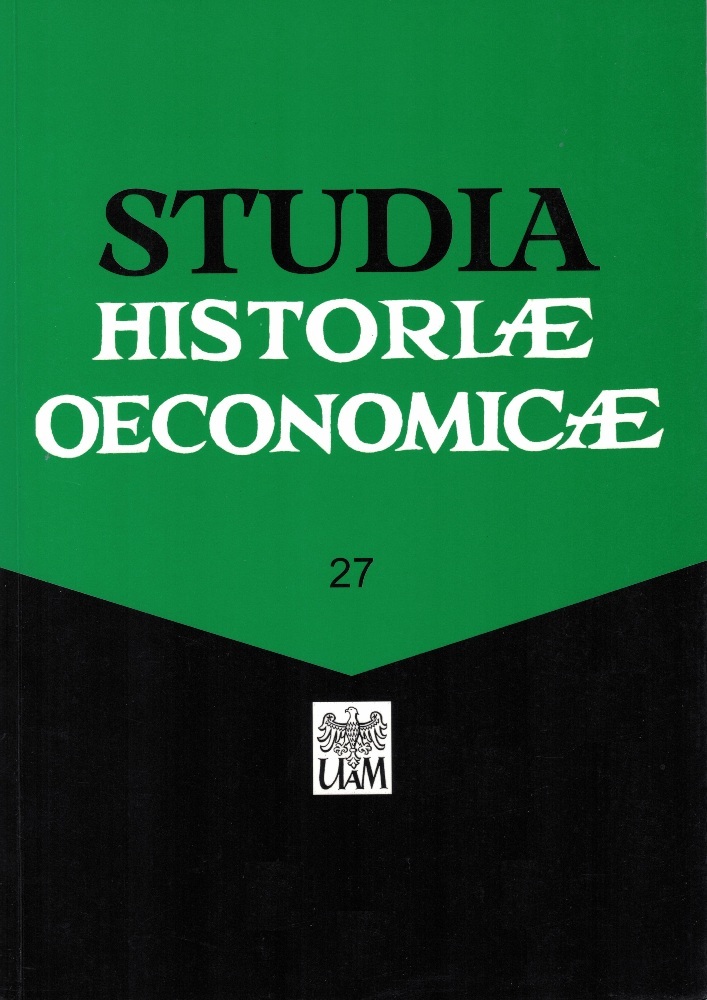Abstract
No other country in Europe was occupied by the Germans for as long as Poland during the Second World War - no other nation made such human and material sacrifices as the Polish nation. Wehrmacht soldiers, special SS troops and other special military units were stationed on Polish territory for almost five and a half years, accompanied by countless numbers of conscripted civilian administrators or those who had voluntarily left for the East, who often used the apparatus of violence and destruction as they saw fit or even quarreled with it. The National Socialists turned Poland into a house of death and brought the Polish people to the brink of their physical existence. Of the 35.1 million people living in the country at the start of the war, around 6 million were no longer alive by the end of the war. The overwhelming majority of them were civilians and victims of German occupation policy, even though the Soviet occupation of eastern Poland, which lasted around 19 months, also left its bloody mark and many Poles, around 100,000, lost their lives in ethnic conflicts with the Ukrainians. The German occupation regime in Poland can at best be compared with a similar approach in Serbia and, from June 1941, in the territory of the Soviet Union, but it does not have a European dimension. Occupied France and occupied Poland are essentially not comparable.
References
Alle Zahlenangaben im obigen Aufsatz wurden den ziemlich identischen Abhandlungen von Hans-Jürgen Bömelburg in den Sammelbänden von B. Chiari und W. Borodziej, K. Ziemer entnommen.
Deutschland und Polen in schweren Zeiten 1933-1990. Niemcy i Polska w trudnach latach 1933-1990 (zweisprachig), hrsg. zusammen mit A. Stempin, Poznan-Freiburg im Breisgau 2004; The Warsaw Uprising 1944 and its Impact on Postwar Polish-German relations. St. Anthony's College, Oxford, Website 2007; Der Warschauer Aufstand in der nationalsozialistischen Propaganda. Sammelwerk zum Warschauer Aufstand, hrsg. vom Museum des Warschauer Aufstandes, Warszawa 2009.
Ferner verdient der Aufsatz von Eugeniusz Cezary Król, Besatzungsherrschaft in Polen im Ersten und im Zweiten Weltkrieg. Charakteristik und Wahrnehmung, in: Erster Weltkrieg/Zweiter Weltkrieg. Ein Vergleich, hrsg. v. B. Thoß, H.-E. Volkmann, Paderborn 2002, Beachtung.
Jüngste Publikationen zur deutschen Besatzungsherrschaft in Polen im Zweiten Weltkrieg sind die drei folgenden, gemeinsam von deutschen und polnischen Historikern erstellten Sammelwerke: Die polnische Heimatarmee. Geschichte und Mythos der Armija Krajowa seit dem Zweiten Weltkrieg, hrsg. v. B. Chiari, München 2003; Deutsch-polnische Beziehungen 1939-1945-1949. Eine Einführung, hrsg. v. W. Borodziej, K. Ziemer, 5. Aufl., Osnabrück 2000; Der Warschauer Aufstand 1944, hrsg. v. B. Martin, S. Lewandowska, Warszawa 1999 (polnische Ausgabe: Powstanie Warszawskie 1944, Warszawa 1999).
Von älteren Darstellungen sei auf die „Klassiker" verwiesen: M. Broszat, Zweihundert Jahre deutsche Polenpolitik, München 1963 sowie Cz. Madajczyk, Die Okkupationspolitik Nazideutschlands in Polen, Berlin 1987.
Weitere an der Universität Freiburg entstandene Arbeiten zum Thema: A. Kotowski, Polens Politik gegenüber seiner deutschen Minderheit, Wiesbaden 1998; M. Alberti, Die Verfolgung und Vernichtung der Juden im Reichsgau Wartheland 1939-1945, Wiesbaden 2006; R. Meindl, Ostpreußens Gauleiter: Erich-Koch - eine politische Biographie, Osnabrück 2007.
Weitere Aufsätze des Autors zum Umfeld des Themas: Widziane z niemieckiej strony [Eine Sichtweise - des Warschauer Aufstandes - von deutscher Seite], „Gazeta Wyborcza", 1. August 1999; Barrieren - Brücken- Barrikaden. Historische Perspektiven deutsch-polnischer Nachbarschaft im 19. und 20. Jahrhundert, in: Die polnische Heimatarmee. Geschichte und Mythos der Armija Krajowa seit dem Zweiten Weltkrieg, hrsg. v. B. Chiari, J. Kochanowski, München 2003, S. 91-105;
License
© by Institute of History, Adam Mickiewicz University, Poznań, 2009
OPEN ACCESS





